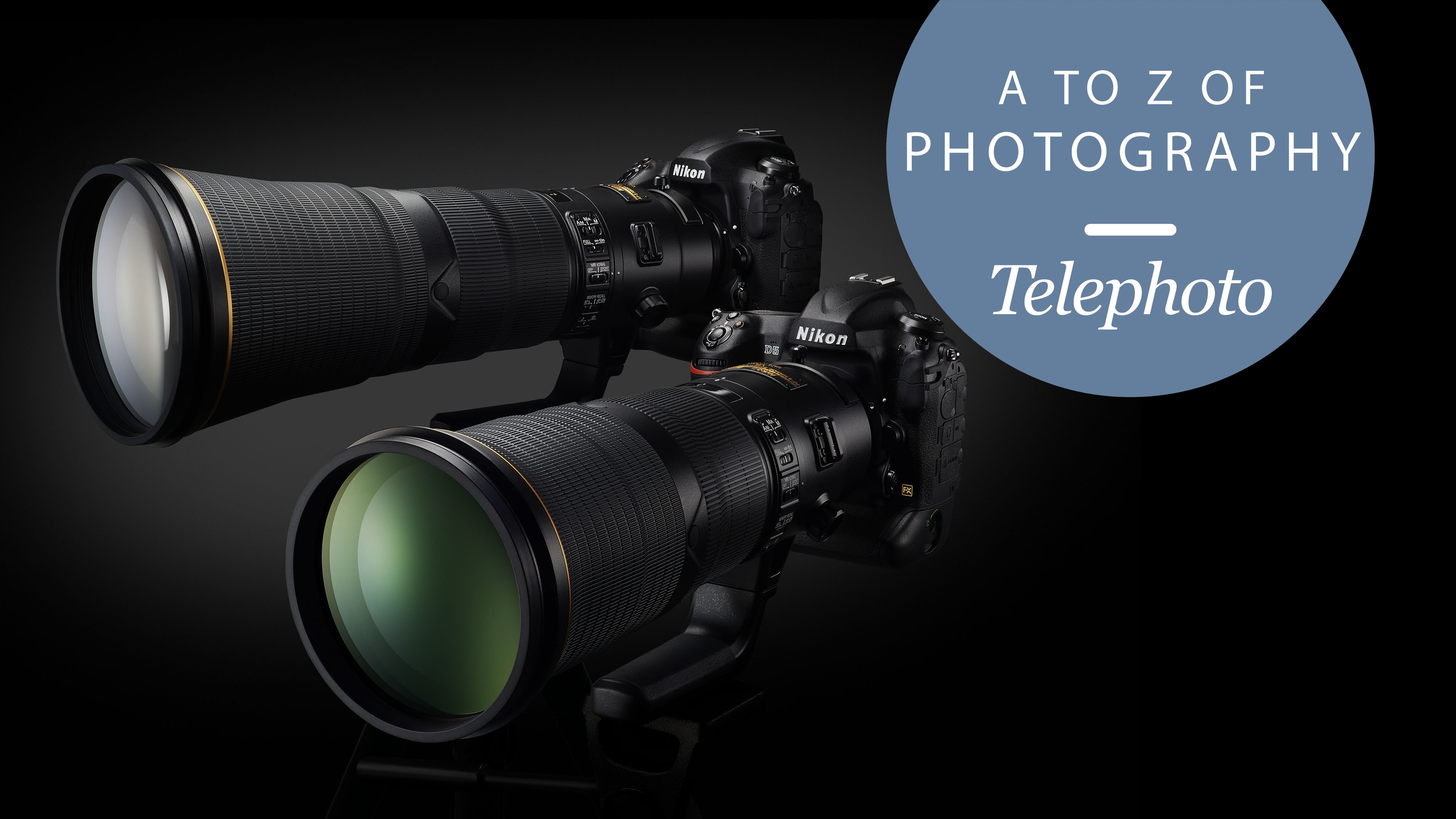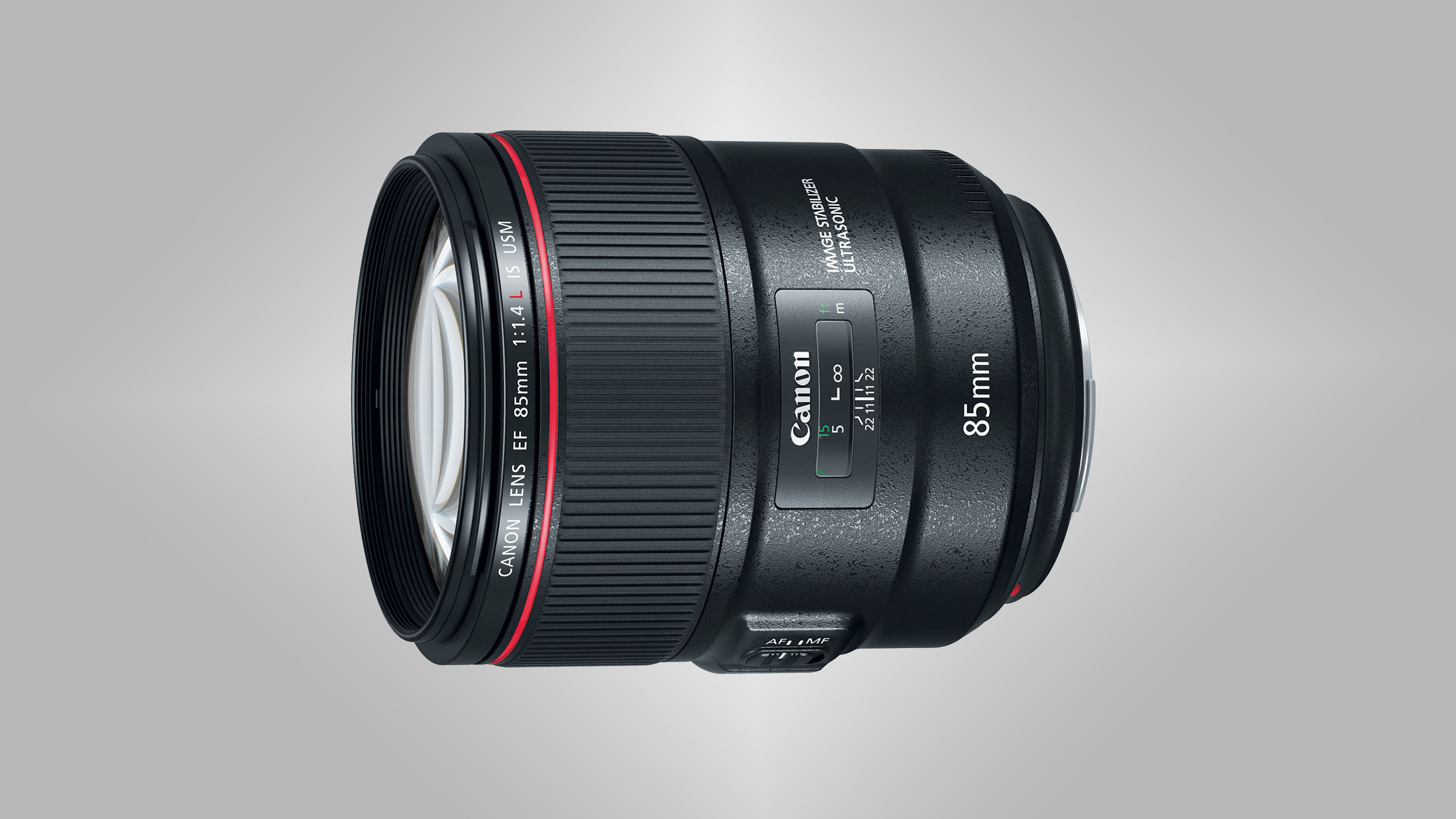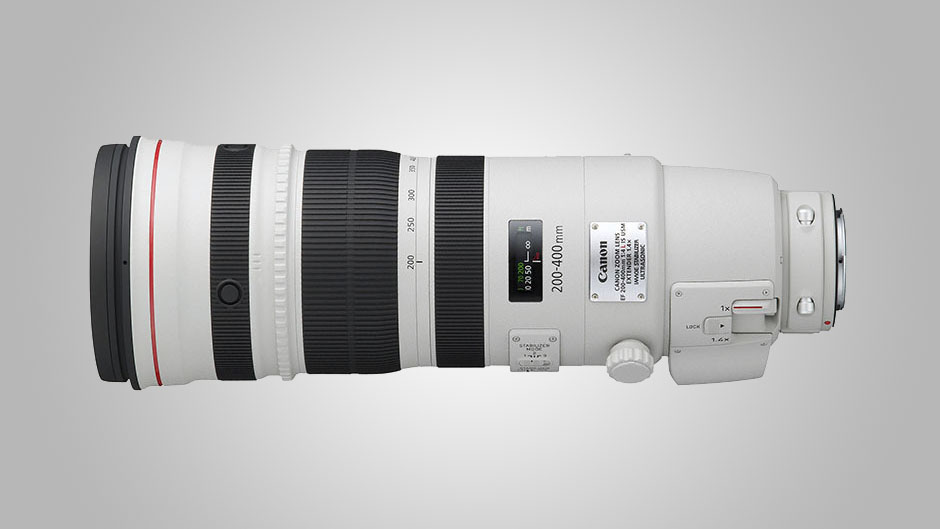The A to Z of Photography: Telephoto
Telephoto lenses open up exciting new possibilities

Telephoto lenses have a double-edged reputation for dramatic and spectacular wildlife and sports photography as well as intrusive press coverage in the hands of the paparazzi. For amateur photographers and newcomers, telephotos open up exciting new possibilities, with the potential to capture subjects too far away or too timid or dangerous to approach directly.
But the definition of a ‘telephoto’ is actually quite vague, and they have a wider variety of uses than simply magnifying faraway objects, so here’s a closer look at what a telephoto lens actually is.
Magnification
Telephotos offer a magnified view of a scene. The human eye’s natural angle of view is roughly equivalent to a 50mm lens on a 35mm or full frame camera. Any lens with a longer focal length than this will give a narrower angle of view and increased magnification – these two things go hand in hand. For example, a 100mm lens will give half the angle of view of a 50mm lens but twice the magnification.
For other camera formats and sensor sizes, you should go by the ‘effective’ focal length. For example on an APS-C camera you need a 35mm lens to get an ‘effective’ focal length of 50mm. Some makers quote both actual and ‘effective’ focal lengths to make these comparisons easier.
Telephoto lenses tend to be categorised in terms of their ‘length’, or magnification:
Short telephoto

For example an 85mm ‘portrait’ lens, which will let you stand a little further back to give your subject’s face a more flattering, natural perspective, but will still fill the frame with a head and shoulders portrait.
Medium telephoto

These are in the 150-300mm focal length range, and generally the best compromise between weight, cost and magnification. They’re fine for sports and wildlife subjects where you can get trackside or with animals that aren’t too timid.
Get daily insight, inspiration and deals in your inbox
Sign up for breaking news, reviews, opinion, top tech deals, and more.
Super-telephoto

Lenses with a focal length of 400-600mm and longer. These are big, heavy and expensive and used mostly by expert sports or wildlife photographers.
Ultra-telephoto

Focal lengths anywhere from 800-2000mm. These lenses are highly specialised and expensive. Some headline-grabbing ultra-zoom bridge cameras offer this kind of focal range, though the image quality and camera features fall below professional standards.
Zoom vs prime
Most photographers use zoom lenses because these are more versatile. The most popular telephoto zoom for photographers just starting out is a 70-300mm, which offers both short and medium telephoto capability in a single lens.
Supertelephoto zooms are also popular. These typically have a focal range of 150-600mm, so they cover the medium to supertelephoto range. They’re larger and more expensive but still within reach for most enthusiasts.
Most telephoto zooms, however, come with a variable maximum aperture, such as the Tamron 70-300mm f/4-5.6, and Sigma 150-600mm f5-6.3. It makes the lens smaller and more affordable, but means you’ll often be working at smaller lens apertures and higher shutter speeds than you’d like.
Some professional telephoto zooms have a wider, constant maximum aperture, and one of the most popular types is the 70-200mm f/2.8. The price you pay, however, is a shorter zoom range and much greater weight – and cost too.
This is why many professional sports and wildlife photographers choose fixed focal length ‘prime’ lenses, such as a 300mm f/2.8 or a 500mm f/4. These are the lenses you see being used at big sporting events. They are big, heavy and very expensive, but they allow faster shutter speeds as well as higher levels of image quality than you tend to get from zoom lenses.
- The best telephoto zoom lenses for Canon and Nikon DSLRs
- The best super telephoto zoom lenses for Canon and Nikon DSLRs
Shutters speed, camera shake and subject movement
Shutter speed is important when using telephoto lenses because the extra magnification means that any camera movement or shake is magnified too, which is why most are equipped with image stabilisation systems.
There is a rule of thumb you can use here. You simply divide 1 by the effective focal length of the lens to get the minimum ‘safe’ shutter speed. So for a 300mm equivalent lens, that’s 1/300 sec. In practice, you may need faster speeds than this to be sure of eliminating any camera shake, and while image stabilisation can massively improve your success rate, it doesn’t solve the other problem – subject movement.
In fast-moving sports photography you’ll often need a very fast shutter speed to freeze your subject’s movement. Soccer photographers, for example, would not usually shoot at shutter speeds less than 1/640 sec, and for many sports you’ll need to use even faster shutter speeds.
Depth of field and perspective

Telephoto lenses have another characteristic – shallow depth of field. Even at small lens apertures, it’s unlikely that you’ll get both your subject and the background sharp with a telephoto. In fact, pro photographers like to exaggerate this effect to make a sharply focused subject stand out much more clearly – another reason why they like wide-aperture telephoto lenses.
Shallow depth of field isn’t the only interesting optical characteristic of telephoto lenses, because they also ‘flatten’ perspective. With a telephoto, you stand further away from your subject, so you don’t get the exaggerated size differences that appear when you get really close to a subject with a regular lens. Effectively, the background becomes much ‘bigger’ relative to your subject, and landscape photographers often use this to make a backdrop even more spectacular or imposing.
Telephoto lenses don’t just have a practical value then, which is magnifying faraway subjects, but a creative one too, with shallow depth of field and changed perspectives.

Rod is an independent photographer and photography journalist with more than 30 years' experience. He's previously worked as Head of Testing for Future’s photography magazines, including Digital Camera, N-Photo, PhotoPlus, Professional Photography, Photography Week and Practical Photoshop, and as Reviews Editor on Digital Camera World.